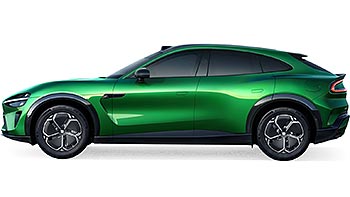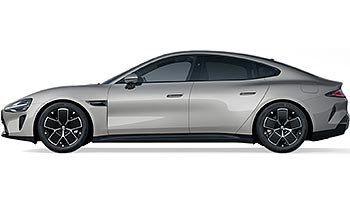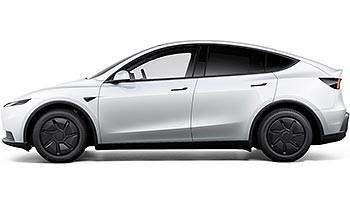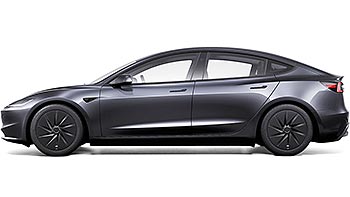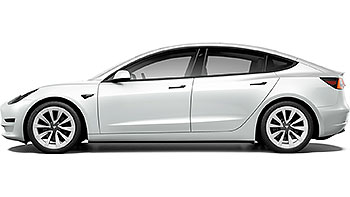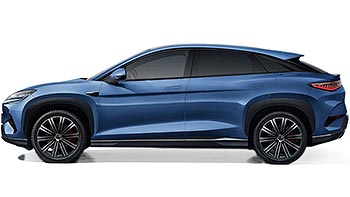Yasa makes a 1,000-HP electric motor that weighs less than 30 pounds
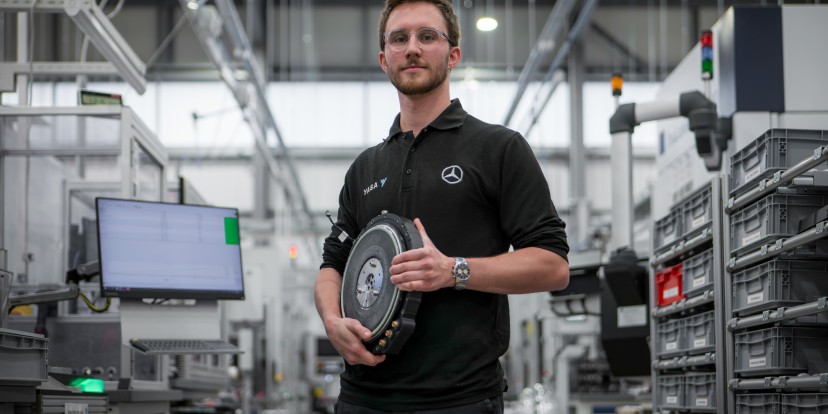
Weight is the long-standing enemy of electric cars. Heavy batteries, multiple motors, and complex cooling systems all add up. This weight demands even bigger batteries to achieve decent driving range, which adds more weight. It is a vicious cycle. Until now.
A UK-based company named Yasa, however, just revealed a new axial flux motor that weighs less than a well-stocked backpack but delivers power that rivals the most extreme supercars. Yasa, a specialist in advanced motor technology, put its new unit on a test rig, called a dynamometer, and the results were stunning.
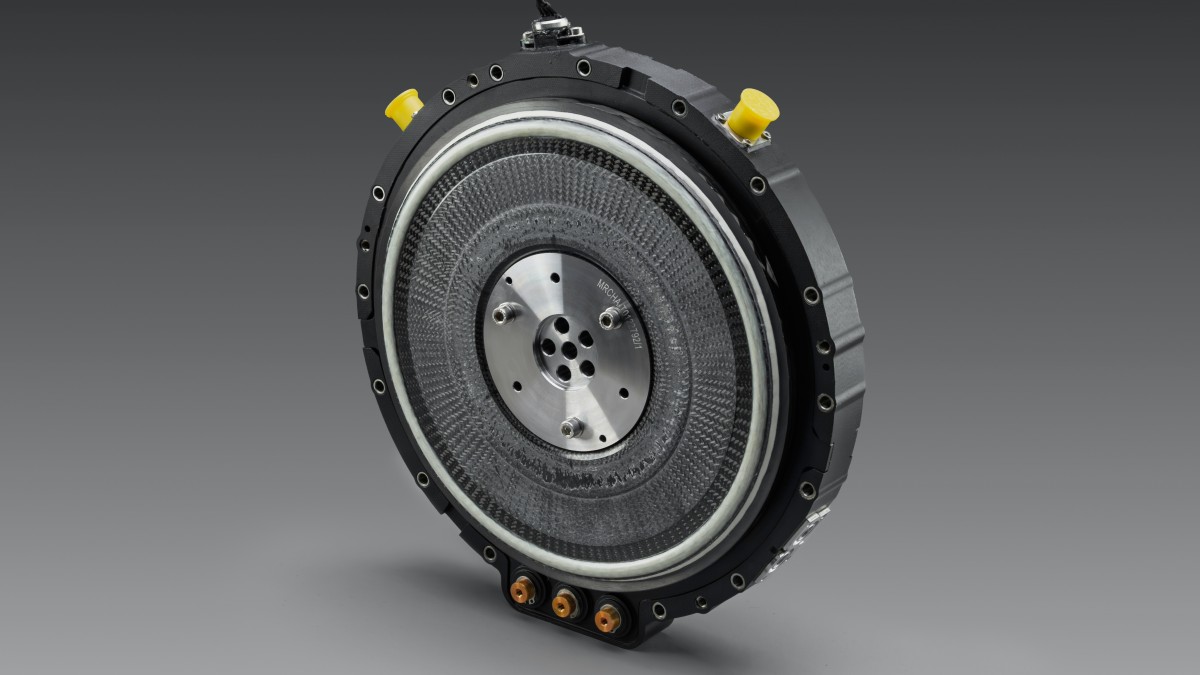
The motor, weighing just 28 lb, produced a peak power of 750 kilowatts. That translates to 1,005 horsepower. This achievement sets a new unofficial record for power density, a measure of how much power an item makes for its weight. This new motor packs an incredible 59 kW of power for every kilogram of its mass, and it beats Yasa's own previous record-holder — a 28.9 lb motor that produced 550 kW (737 hp) — by an impressive 40%.
These power numbers can be hard to grasp on their own. Let's compare them to some popular electric cars. The rear motor in a new Tesla Model Y is rated around 200 kW (268 hp). The new Yasa motor is almost four times more powerful. A Tesla Model 3 Performance has a total output of 460 kW thanks to its two electric motors. The tiny Yasa powerplant is more powerful than two of those electric cars combined.
Of course, car engineers know there is a difference between "peak" power and "continuous" power. Peak power is what you get for a few seconds when you floor the accelerator. Continuous power is what the motor can deliver for long periods without overheating, like when climbing a long mountain pass.
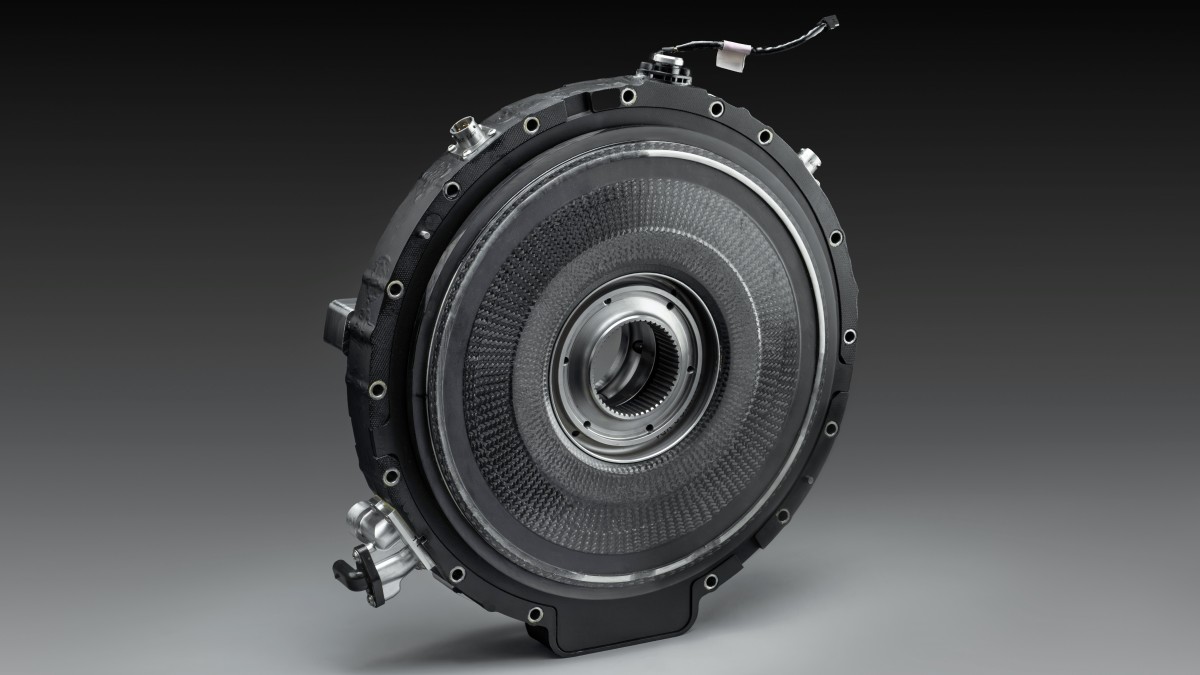
This metric is far more important for real-world performance. Yasa says its new prototype is no slouch here, either. It can deliver between 350 and 400 kW (469 to 536 hp) continuously. This continuous rating alone is more than the peak power of most high-performance EVs.
But the real prize here is not just for drag racing. The incredible lightness of this motor has huge benefits for all electric cars. If a car's motors are lighter, the entire car can be lighter. This means a car company could use a smaller, lighter battery pack to get the same driving range as a heavier competitor. A smaller battery does not just cut weight and cost; it also charges faster.
This all might sound like a far-off science experiment, but Yasa insists its new motor is ready for production. Joerg Miska, the company's CEO, claims the motor is scalable and does not use any strange, exotic materials. This means it can be mass-produced as soon as a car company places an order. "With three times the performance density of today's leading radial flux motors, Yasa continues to redefine the boundaries," Miska said.
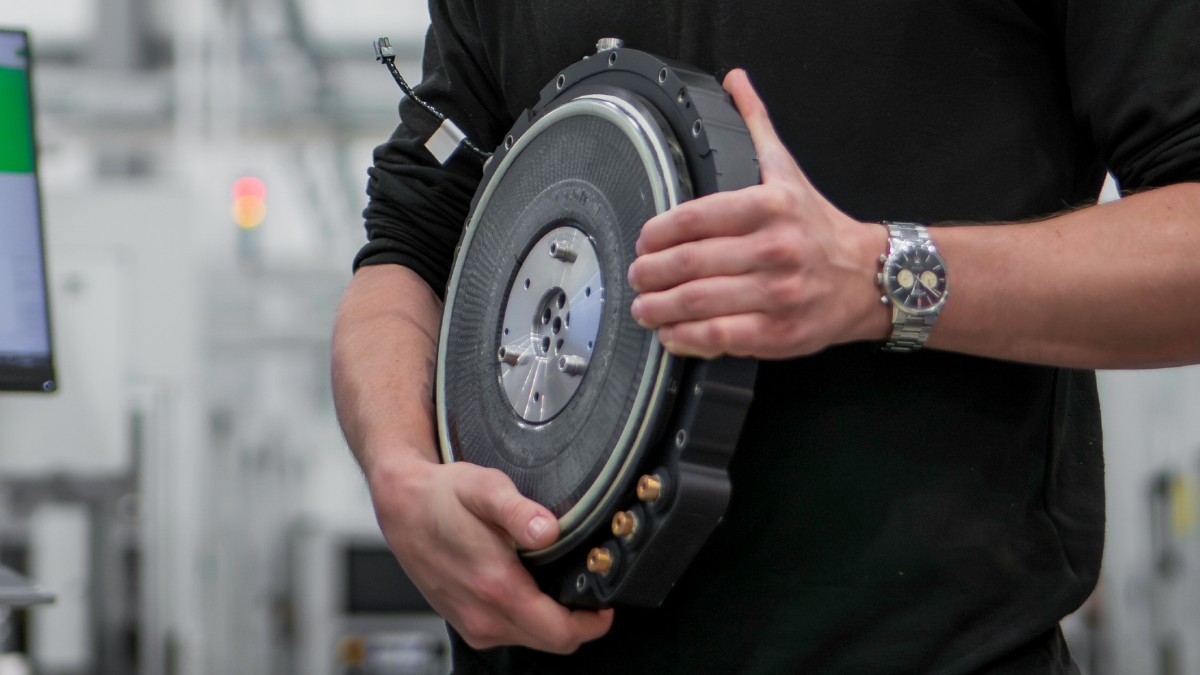
You should not expect to see this specific motor in a budget-friendly hatchback next year. New technology almost always appears in the most expensive cars first. Yasa's current axial flux motors are already used in hybrid supercars like the Ferrari 296 GTB and the Lamborghini Temerario, where they add electric punch to powerful gasoline engines.
An upcoming Mercedes-AMG EV will use three Yasa motors for a combined output of over 1,000 kW (1,360 hp). This tech lives in the supercar world for now, but history shows that these innovations eventually "trickle down." As costs fall and production increases, the lightweight motor technology that makes a Ferrari faster will one day make your everyday EV lighter and more efficient.
Related
Reader comments
- Anonymous
Axial flux motor design been around since 1800s not new invention, Cooling and durability is the biggest challenge Yasa took over by mercy
- 23 Oct 2025
- rs5
- Anonymous
Yeah, If this motor is less efficient, then lower weight is useless and the achievable range will be worse than with the other heavier motor.
- 23 Oct 2025
- 3g0
- Anonymous
If It's so revolutionary, why only Mercedes is planning a car with It and only one so far? Tesla motors weight between 70 lbs (32 kg) to 110 lbs (50kg) for comparison. The difference in weight is pretty small If we compare the total we...
- 23 Oct 2025
- 3g0











